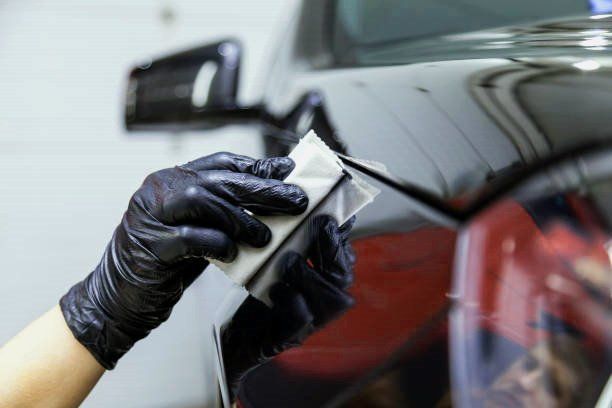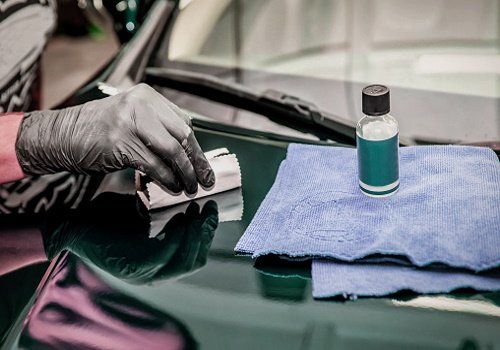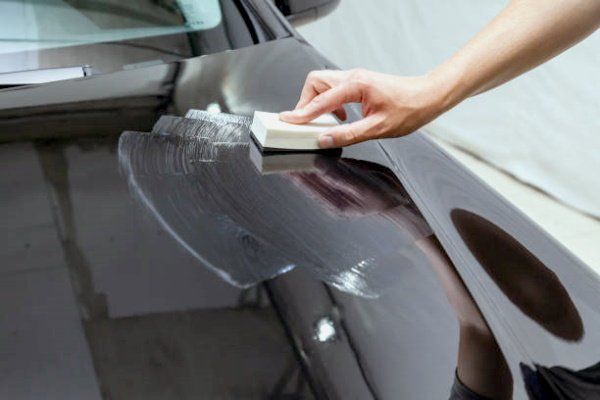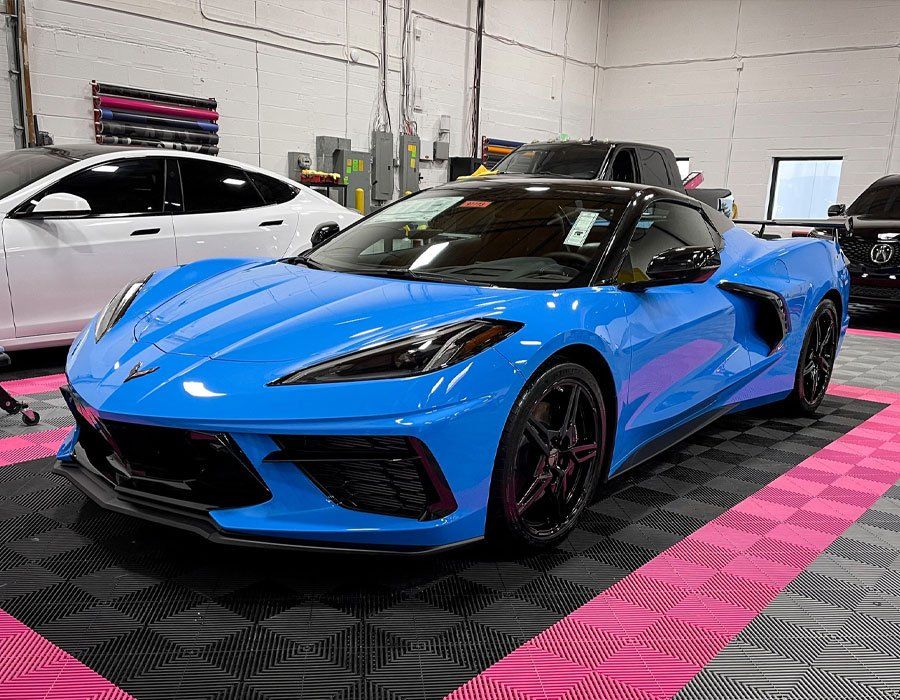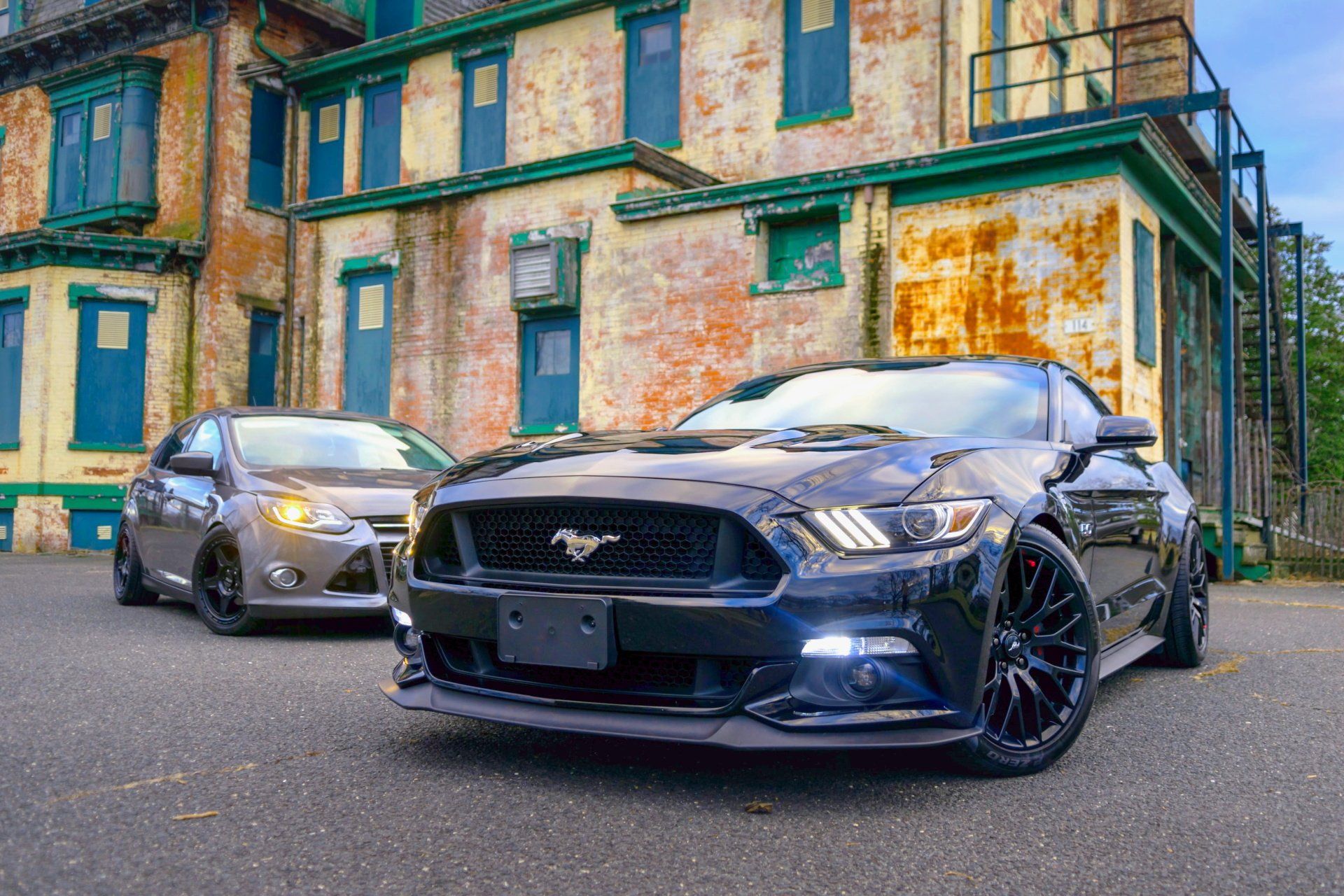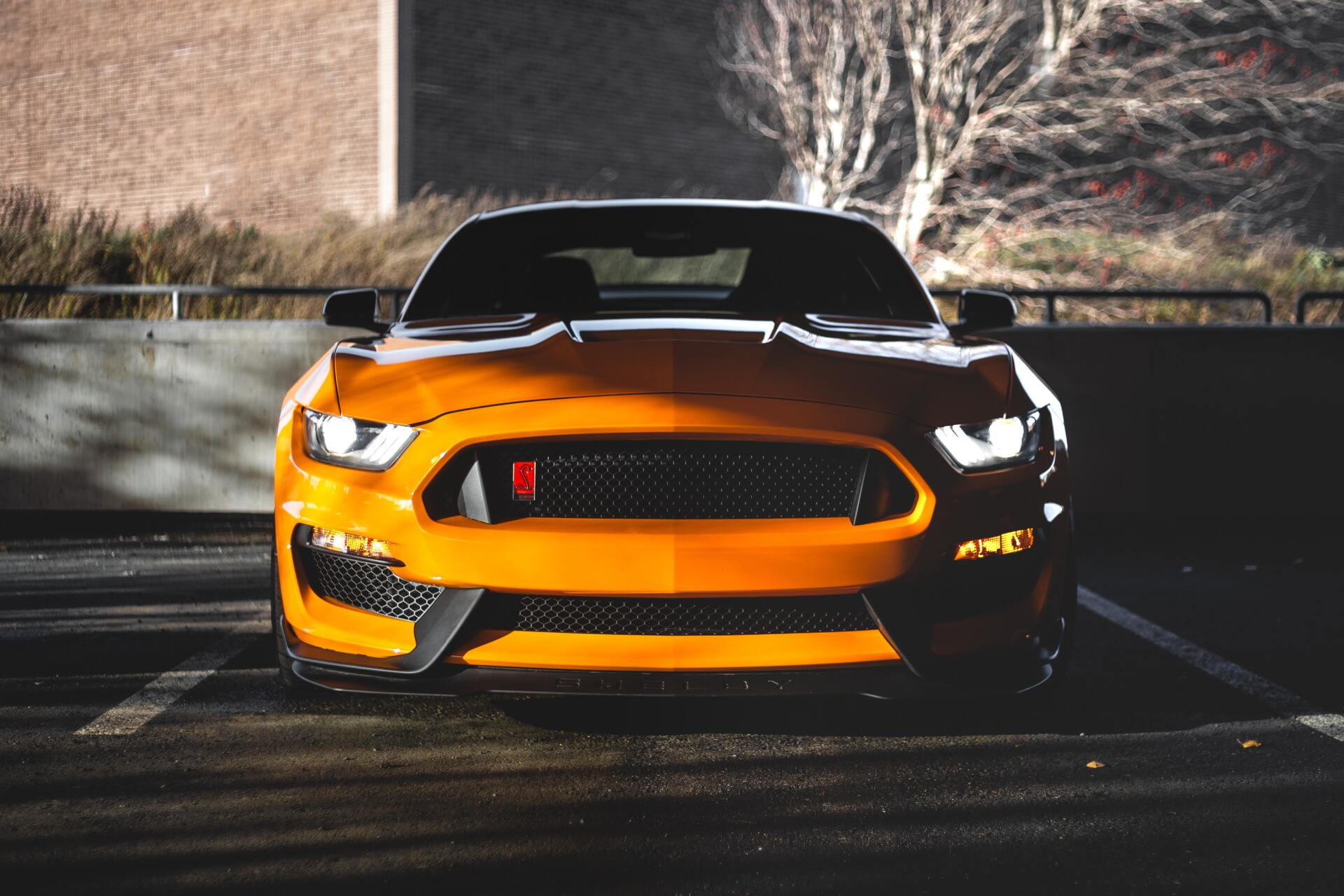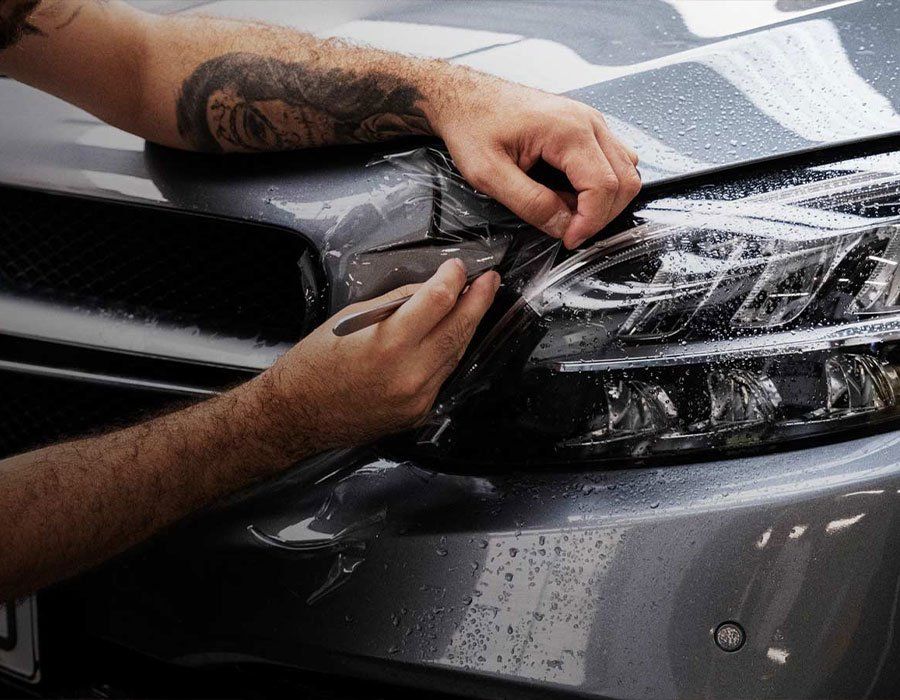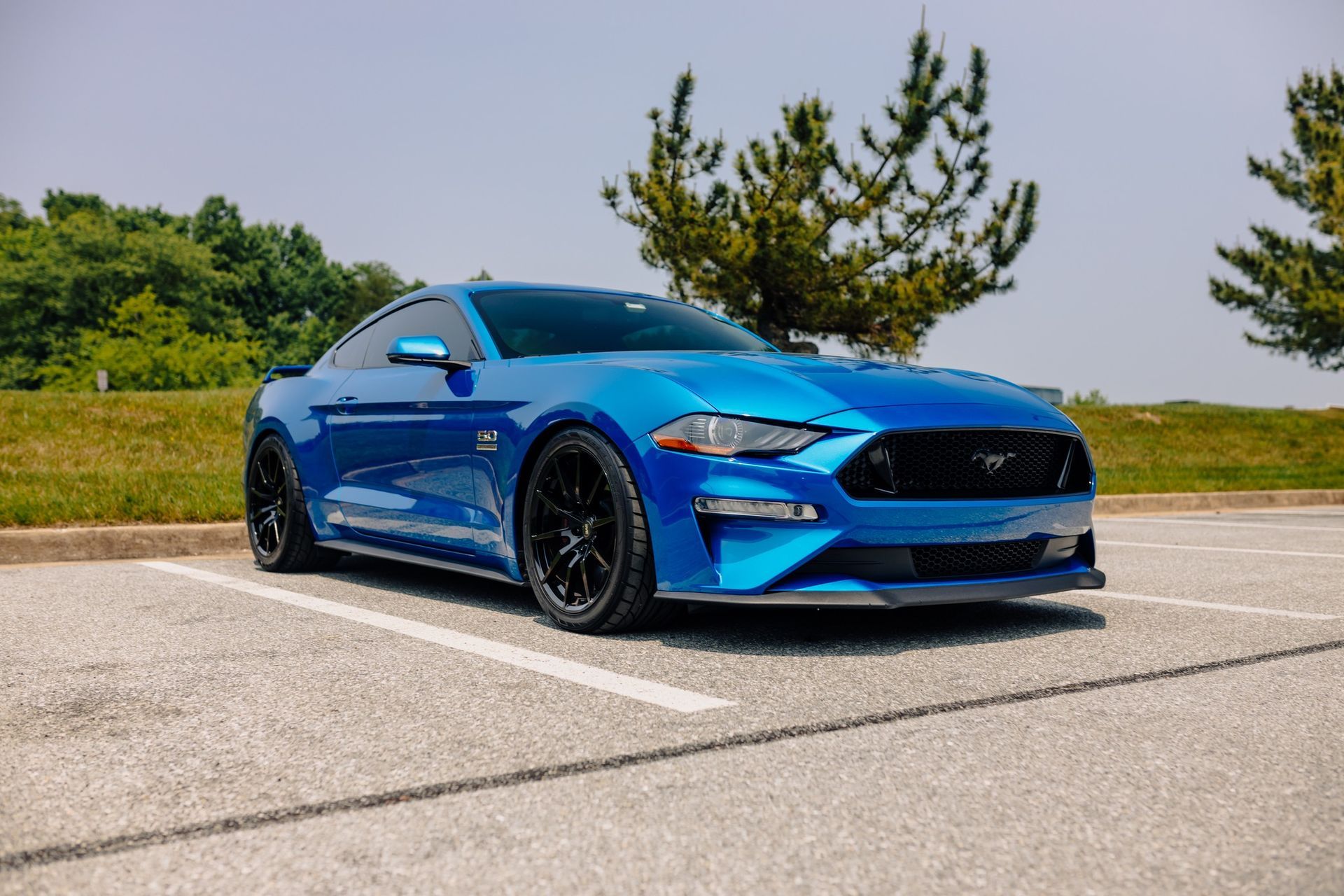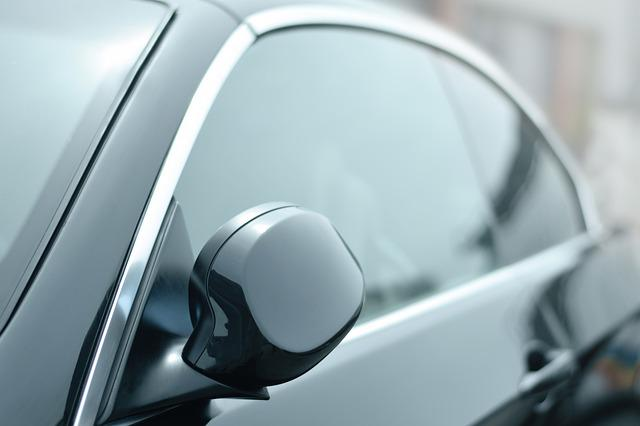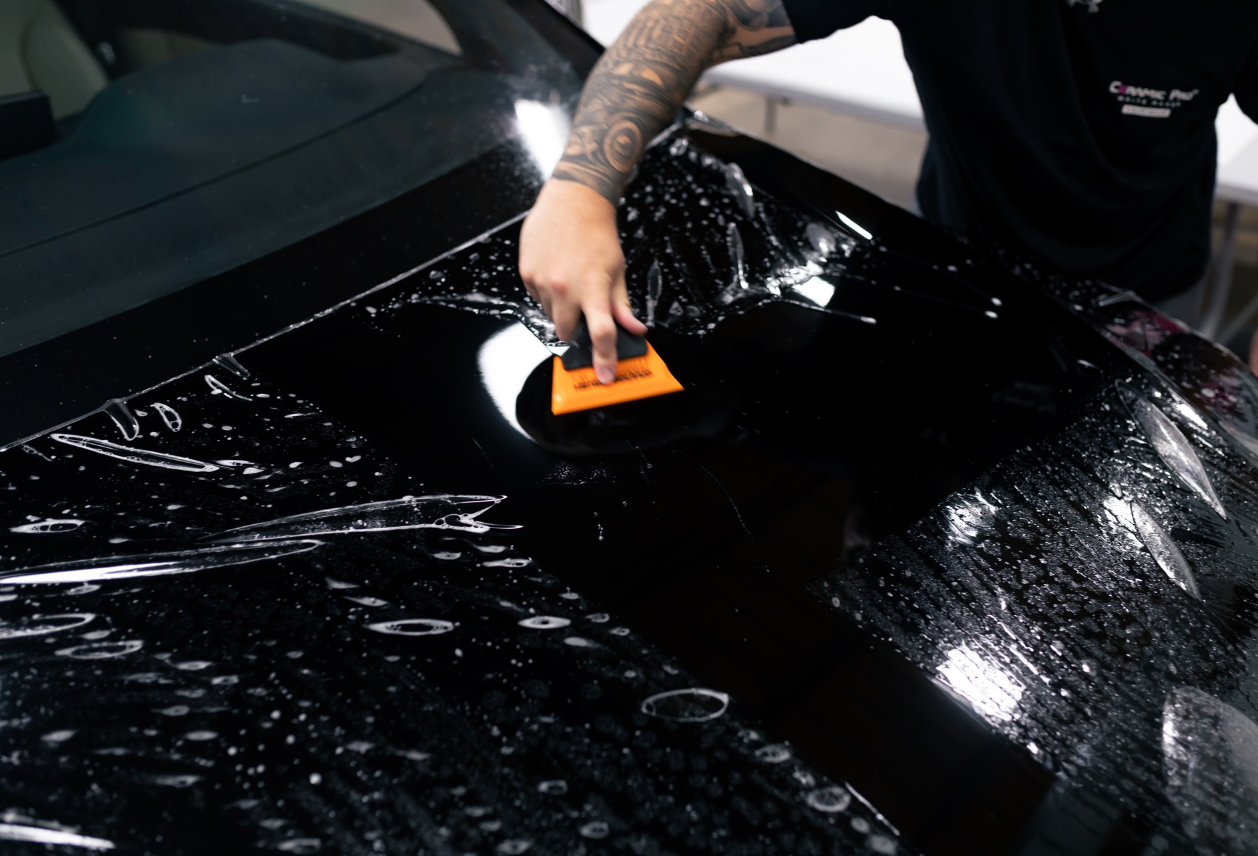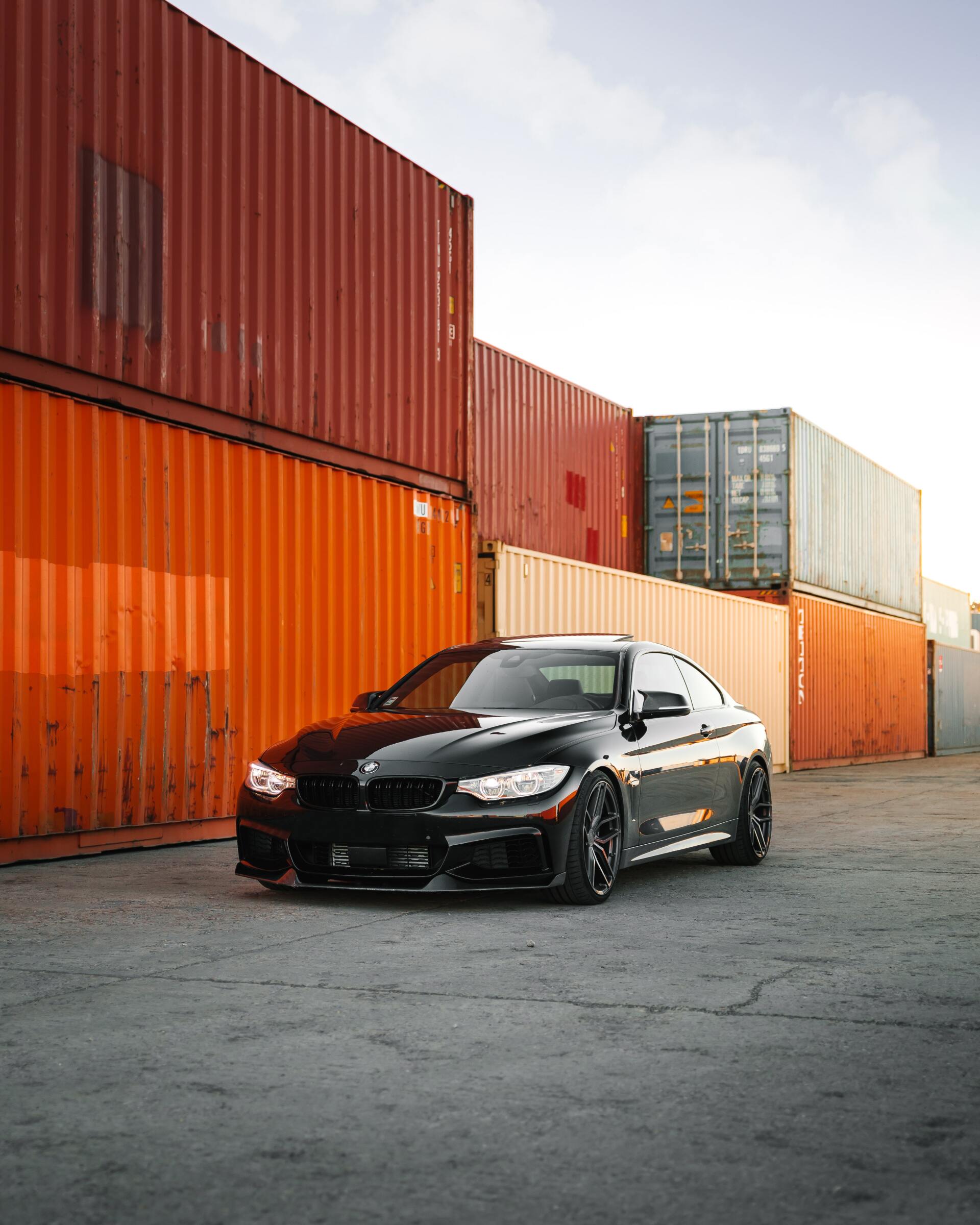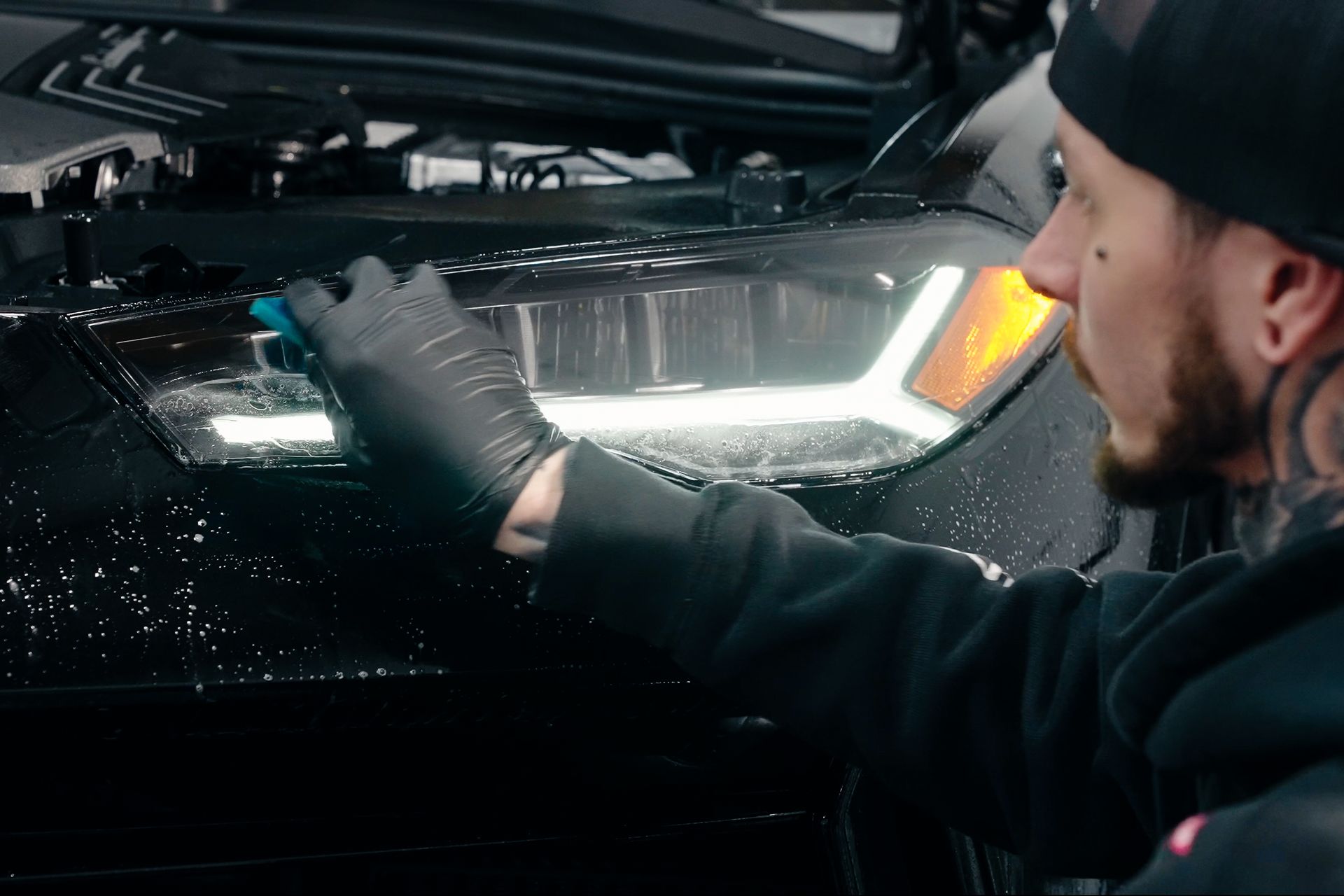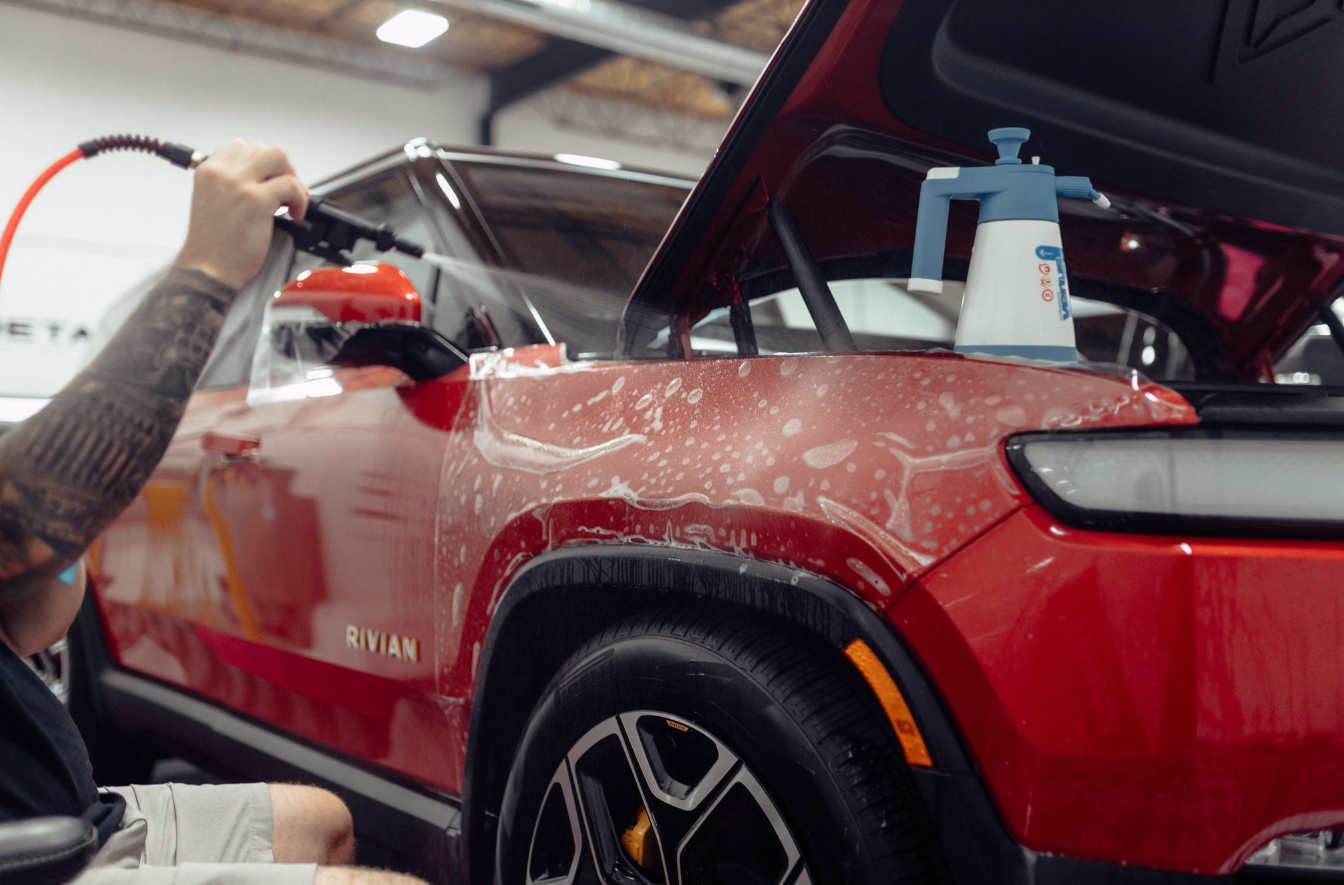Ceramic Coating vs. Rust: How It Protects Your Car’s Finish
When it comes to keeping your car looking sharp and in great shape, two methods often get tossed around: ceramic coatings and rust prevention techniques. You might wonder, is one really better than the other? Well, understanding what each method does can help you make an informed decision. Imagine stepping outside to a shiny vehicle that gleams in the sunlight versus discovering rust creeping under the paint due to neglect. Let's break down how ceramic coatings tackle dirt and environmental nuisances while rust prevention focuses on stopping corrosion before it starts. Your investment in your car's appearance and protection could be the difference between a dependable ride and a costly repair down the road. Let’s dive in!
Ceramic coatings provide robust protection against surface contaminants and help repel water, which can reduce the risk of rust; however, they do not directly prevent rust like oil sprays or traditional rust inhibitors do. For optimal protection, it's recommended to combine ceramic coatings with rust prevention methods such as oil spray treatments, especially in regions prone to corrosion from environmental elements.
Impact of Rust on Vehicles
Rust is more than just an unsightly blemish on your car; it can lead to serious and costly consequences. For vehicle owners, especially those living in colder climates where road salt is commonly used, monitoring for rust should be a priority. The oxidation process begins when iron or steel parts of the vehicle contact both moisture and oxygen. Over time, this interaction leads to the formation of rust, weakening critical components of your vehicle and ultimately making it unsafe to drive.
Statistics further highlight the issue: rust-related problems account for approximately 20% of vehicle recalls in the United States, according to data from the National Highway Traffic Safety Administration. This alarming figure should alarm any car owner, as rust can compromise not only the aesthetics but also the structural integrity of your vehicle.
Consider the undercarriage: a layer of rust there can rapidly escalate into severe issues—deteriorating suspension support or even leading to brake line failures. Such failures pose significant safety risks while driving.
When oxygen interacts with moisture over time, it initiates a chemical reaction where iron begins to lose electrons and convert into iron oxide—or rust. This degradation accelerates in winter months due to road salt exposure that welcomes moisture into tiny cracks and crevices. This process is particularly concerning because it often occurs out of sight.
With these insights, it's clear that addressing rust proactively is crucial for maintaining both safety and vehicle longevity. Next, we will explore various methods to protect your vehicle against corrosion effectively.
Ceramic Coating vs Rust Prevention
While both ceramic coatings and rust prevention techniques aim to shield your vehicle, their functionalities cater to different aspects of car care.
Ceramic coatings offer an advanced protective layer for your car's paint, specifically designed to combat contaminants like dirt, bird droppings, and even UV damage—essentially acting as a long-lasting wax that keeps your car looking pristine. In contrast, rust prevention focuses on safeguarding metal components against oxidation and deterioration—a crucial consideration, especially in areas prone to harsh winter conditions where road salt or other corrosive substances are commonly used.
Long-Term Protection Options
Long-term protection methods for your vehicle can really depend on what you’re looking for—are you aiming for a budget-friendly option, or are you willing to invest a bit more for comprehensive coverage? As we explore these options, consider how much time, effort, and money you're ready to dedicate to protect that shiny exterior.
Professional Services vs. DIY Methods
- Professional Services: When you choose a professional service for protective coatings, you’re typically opting for expertise and thoroughness. Skilled technicians apply ceramic coatings that ensure every part of your vehicle gets covered, providing that smooth, glass-like finish. Many companies back their work with multi-year guarantees that assure you of the durability of the treatment. Rust-proofing treatments often include meticulous oil spray applications, greatly enhancing a vehicle's longevity against rust damage.
- On the other hand, DIY methods provide significant flexibility and cost-effectiveness. If you’re a bit handy yourself or enjoy working on your vehicle, some products can be applied at home for around $99. Oil sprays for rust prevention are also available starting as low as $50. While these options save on labor costs, they require careful attention to detail during application. A sloppy job could mean less-than-optimal protection, so it’s essential to follow instructions closely and allocate enough time for the job.
Whichever path you choose—professional or DIY—it’s critical to consider not just the initial investment but also how frequently you'll need to maintain those protections to keep your car’s finish looking pristine over time.
Long-lasting effects often hinge on our regular upkeep routines. Skimping on maintenance after applying protective coatings might leave your vehicle vulnerable over time. Therefore, selecting a method that fits seamlessly into your life will help encourage consistency in protecting your vehicle's surface.
Understanding these different approaches prepares you to make informed decisions regarding durability and application strategies that will best serve your needs.
Application Methods for Coatings
Applying ceramic coatings isn't just about slapping on a protective layer; it's an intricate process that requires careful attention to detail.
For the best results, you begin by thoroughly washing the car to remove any dirt and grime, followed by decontaminating the surface to eliminate stubborn contaminants that could interfere with the bond of the coating. This prep stage often involves using a clay bar to lift embedded debris from the paint's surface, ensuring it's completely smooth.
Once you’ve cleaned and decontaminated the exterior, polishing may be necessary if there are any swirls or scratches that need addressing. It might seem like a tedious stretch of work, but this stage is crucial. The better the surface condition before application, the more effectively the ceramic coating will adhere and perform. Remember, it’s not just about protecting your car; it’s about ensuring that protective layer lasts for years to come.
Many enthusiasts have experienced outstanding results, just like Bill, who dedicated an entire Saturday transforming his vehicle into a gleaming masterpiece. His meticulous detailing efforts weren’t just labor-intensive; they were rewarding too. The sleek, glossy finish he achieved won him compliments everywhere he went—proof that patience and care pay off.
After prepping the surface, you'll want to ensure conditions are ideal for applying the ceramic coating. Ideally, this should take place in a climate-controlled environment where temperatures range from 65°F (ca. 18 °C) to 75°F (ca. 24 °C). This environment allows the coating to cure correctly without interference from excessive heat or humidity, both of which can compromise its effectiveness.
Once you're ready to apply, you can use either a foam applicator or a specialized spray method depending on your preference and the product instructions. A key tip here is to work on small sections at a time; this allows for better control and ensures you won’t miss any spots that require coverage.
After application, one must also factor in curing time. Most manufacturers advise keeping the coated car dry for at least 48 hours, although it's worth noting that full curing can take about seven days. During this time, it’s essential to resist washing or exposing the vehicle to rain; these actions could hinder bond formation and diminish long-term protection.
Engaging in proper application methods sets you up for success with strong protection against environmental hazards like bird droppings, acid rain, and even pesky road tar. Techniques may differ slightly between DIY enthusiasts and professionals, but adhering to best practices ensures optimal results regardless of who applies them.
Choosing the Right Protection for Your Car
Making the right choice between ceramic coatings and rust prevention can greatly impact the longevity and appearance of your vehicle. The decision is not universally applicable; it heavily relies on your unique circumstances and the way you use your car.
The first aspect to consider is your geographical location. For instance, if you live near coasts or in regions that experience heavy snowfall, you may find that roads are treated with salt—which is notoriously harmful to a vehicle’s finish. In such cases, prioritizing rust prevention techniques like undercoating or regular inspections should be at the forefront of your maintenance strategy.
Coupled with your location, think about how you use your vehicle on a daily basis.
Vehicle usage can guide your decision substantially. If you have an adventurous spirit and often take your car through rough terrains or extend its role beyond simple transportation—think off-road excursions—you might lean towards rust-proofing as your primary protective measure. Rust prevention treatments are especially beneficial in guarding against the abrasives that such driving conditions introduce.
On the other hand, if you’ve invested in a luxury vehicle that sees mostly city streets and occasional highway cruising, you should consider ceramic coatings instead. These coatings not only enhance the shine but also provide exceptional resistance to scratches and environmental hazards while keeping your paint intact.
Of course, every decision comes down to budgeting.
Speaking of cost, it's essential to assess your budget before making a final decision. While many may balk at the upfront investment of ceramic coatings, understanding their long-term benefits can make this expense worthwhile. Typically, ceramic coatings last significantly longer than traditional waxes or sealants—often years, in fact—and they mitigate ongoing maintenance expenses associated with frequent waxing and polishing. Meanwhile, rust prevention methods usually require continuous upkeep, adding costs over time.
For ultimate protection, savvy car owners often choose a dual approach: incorporating both ceramic coating for gloss and aesthetic appeal along with selective rust-proofing as a safeguard against harsh external factors.
Taking into account these key considerations will help you craft a tailored strategy that enhances your vehicle's performance and preserves its aesthetic value over time. If you're eager for further insights into automotive care and protective measures, don’t hesitate to
contact us or call us at (410) 238-3000 for expert guidance!


